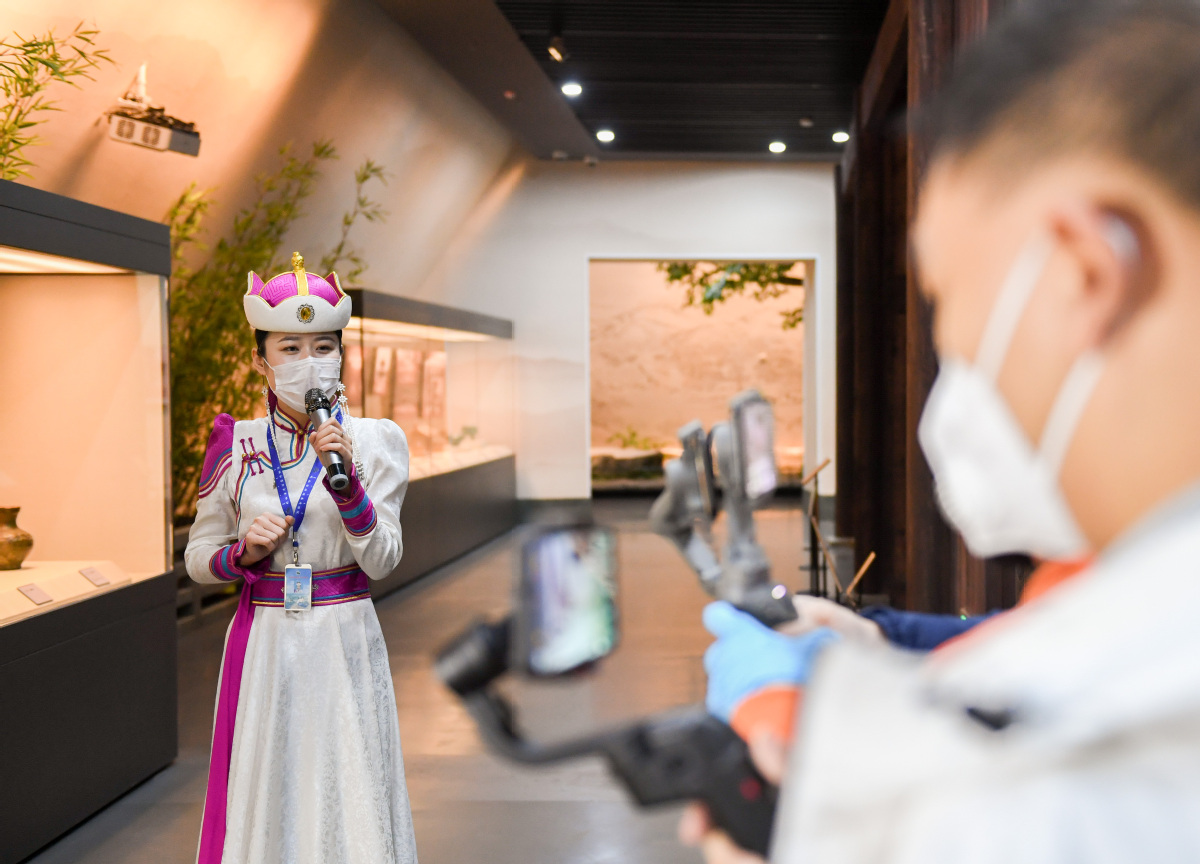Cultural gems still visible from home
Virtual offerings complementing physical visits to help fuel major digital trends


The home travel program itself is the latest of the heritage site's digitization moves. More than 220 caves have been digitally archived through projects with international art organizations in previous decades, according to Wu Jian, director of the cultural relics digitization institute at the Dunhuang Academy, which manages and studies Dunhuang's revered artifacts.
The continued digitization of Mogao serves as a fitting complement to the physical experience of visiting the iconic destination, Wu said.
The National Art Museum of China also beefed up its online and digital viewings amid the outbreak, inviting the public to its exhibitions "without leaving home", it said.
The capital museum's virtual Chinese Painting segment in its Tribute To Donors exhibition alone displayed 175 works selected from more than 3,000 donations over the years.
The art stretched through ancient and modern times, including the major categories of landscapes, figures, flowers and birds, to showcase "the basic clues and general characteristics of the development history of ancient and modern Chinese painting", it said.
Taking stock of the digital trends that were already emerging even before communities bore the brunt of the epidemic, Qiu Zhijie, dean of the School of Experimental Art at the Central Academy of Fine Arts, said the confluence of art and technology is definitely growing.
"The history of art has always been about a long vein of artists using the latest scientific and technological achievements of their era to think about human art, technological progress and common development," Qiu said during an art forum in Beijing.
"We need to think about how we can continue to … humanize our technology so that it can really be used for our well-being."
























